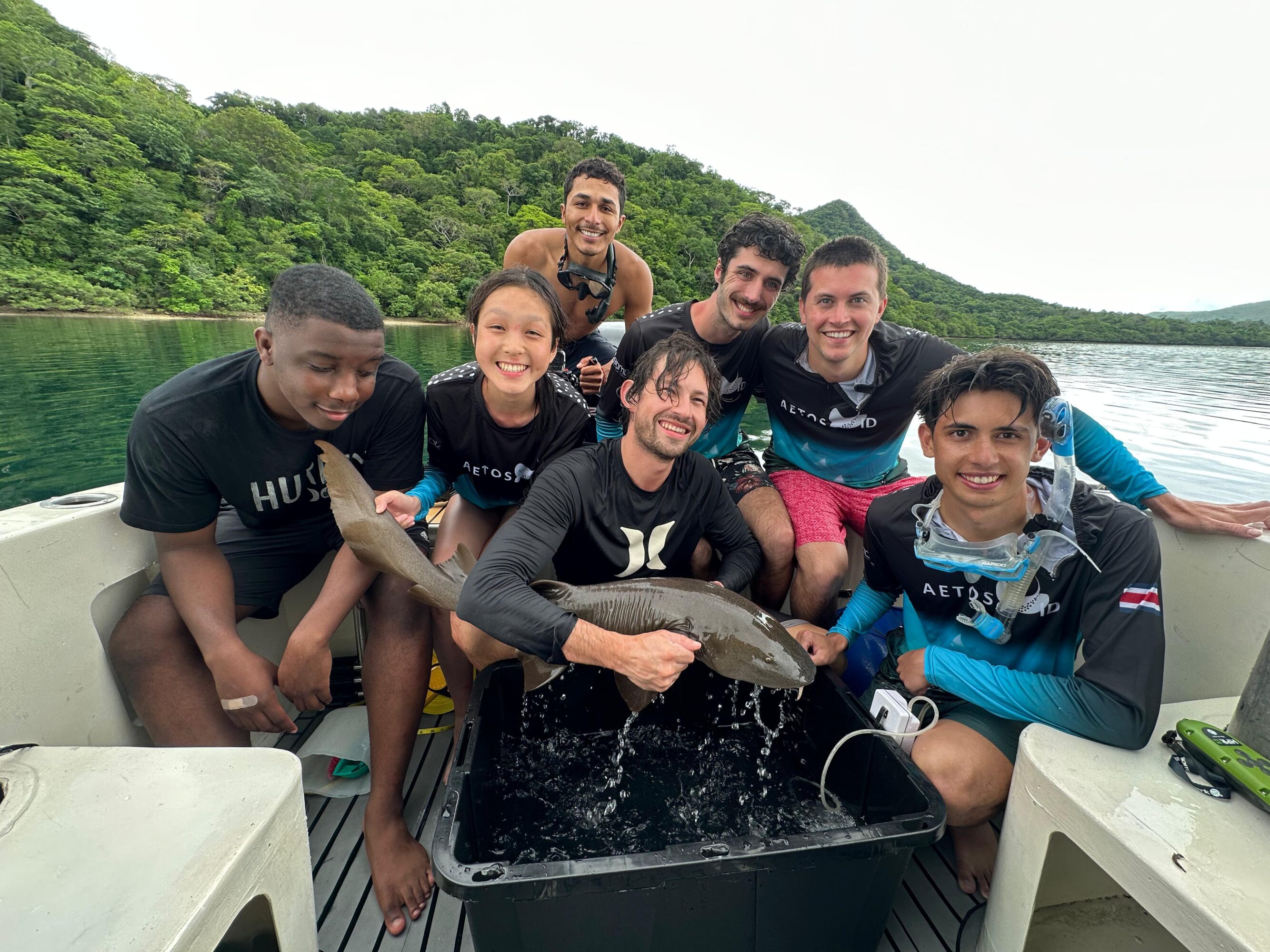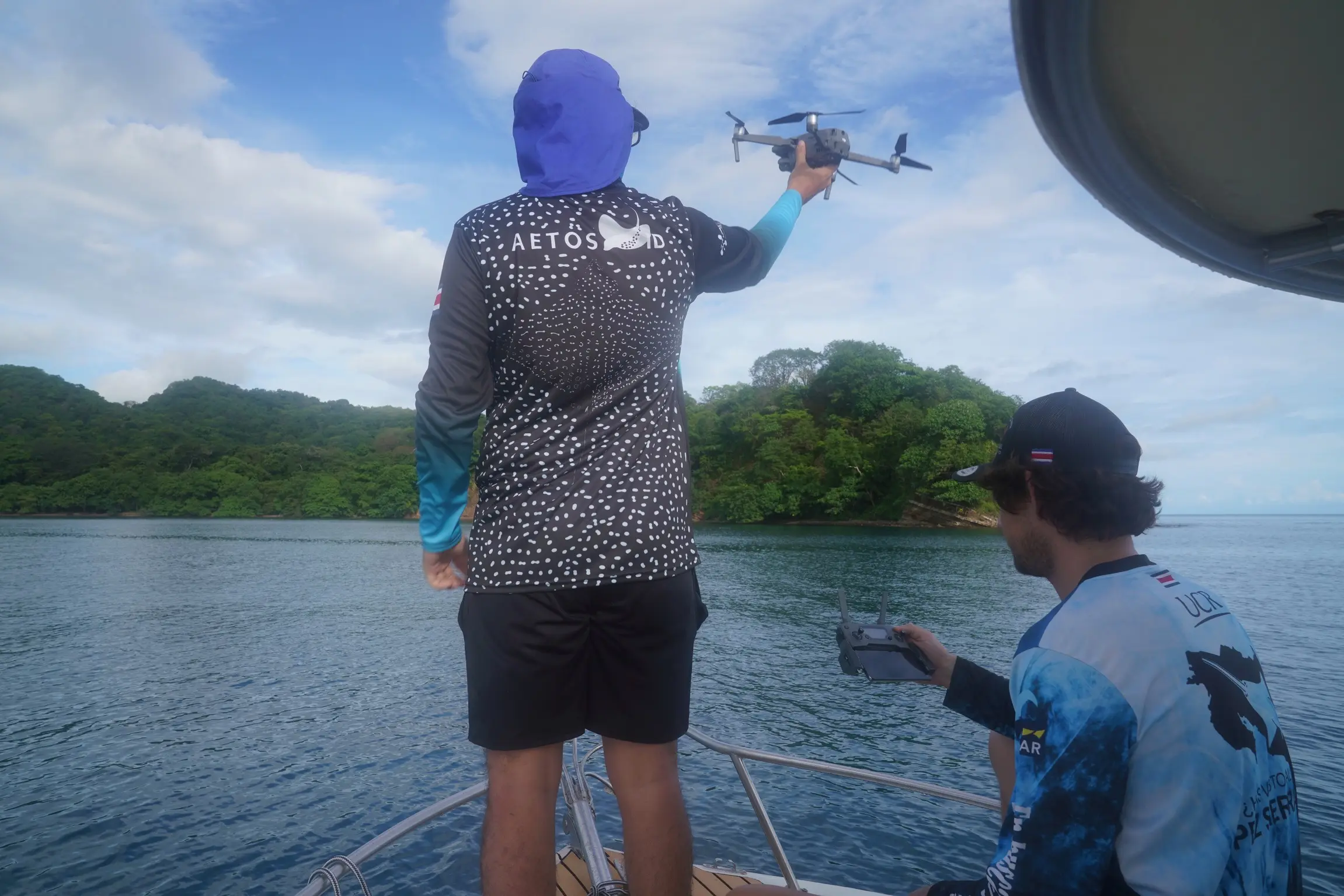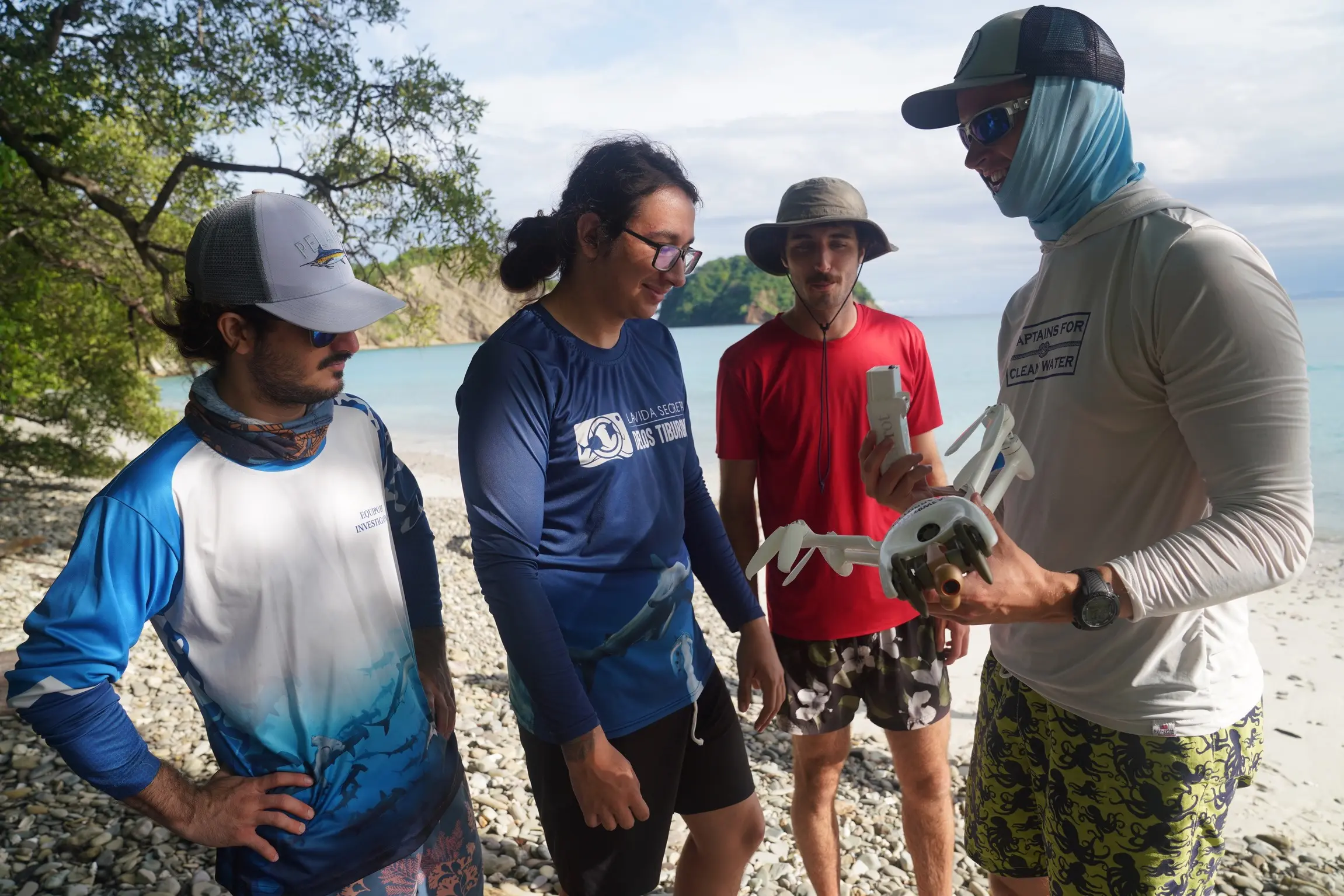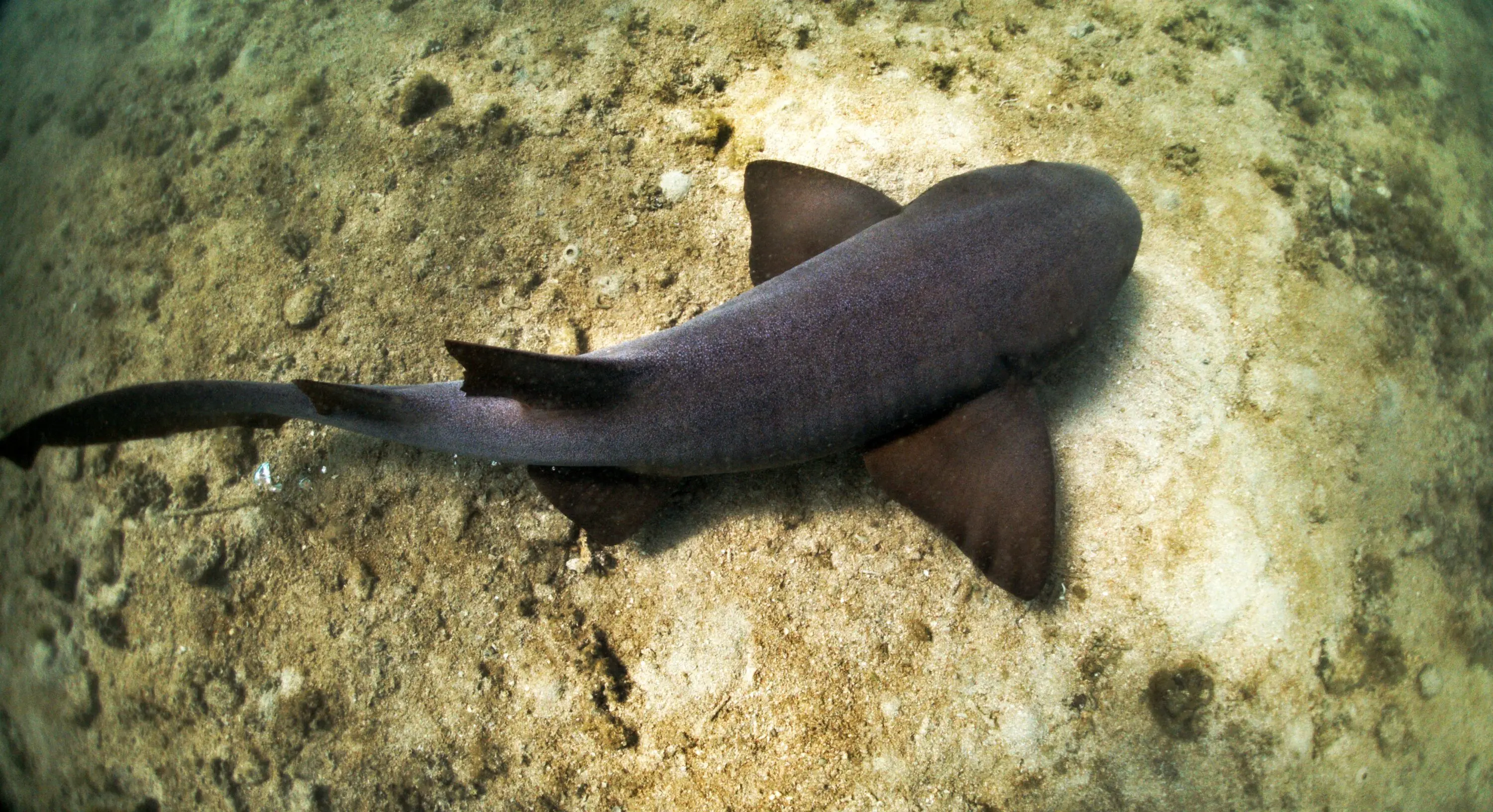Research is better when shared: international and interdisciplinary collaborations help expand our shark research
Our research on the aggregation behaviour of Pacific nurse sharks in Santa Elena Bay, Costa Rica, has gone a long way thanks to the support of Save Our Seas foundation. We’ve been able to use this project as a springboard for many more studies!
While the drone video surveys we conducted revealed the connection between shark aggregations and water temperature changes during upwelling season, we were also able to use these videos for other analysis. We collaborated with a Stanford Student Robotics team led by Chinmay Lagundi, Dakota Riemersma, Mark Leone and Jaden Clark, who used our drone videos, to develop a machine learning pipeline for accelerating the analysis of drone imagery. Their machine learning methods can now automatically identify nurse sharks in drone videos, measure their body lengths and morphometric proportions, and track their movements with a high degree of accuracy. These techniques are now in the process of publication to become available to other scientists using drones to study the ecology of marine species.

About to release a sampled and tagged Nurse shark with the Stanford Student Robotics team when they came down to Costa Rica. Photo © Minor Lara
During the same field trips when we flew drone surveys we also conducted fishing surveys to tag sharks for acoustic telemetry tracking and measure sex and size frequencies of the local population beyond the shallow drone survey sites. These captures were also the perfect opportunity for more interdisciplinary research: this time we sampled the microbes in the cloaca of nurse sharks before release. Wildlife vet Gianmarco Bettoni led this study where we collaborated with microbiologists Elías Barquero-Calvo and Paola Chavarría-Quirós from the National University of Costa Rica (UNA). We found the microbes in Pacific nurse sharks did not show anthropogenic antimicrobial resistance in Santa Elena Bay, highlighting the value of the site as a pristine habitat for threatened species.

Training biology student Adrian Herrera on the art of drone surveys. Photo © Jaden Clark
These projects have also been a fantastic opportunity to train biology students. For example, undergrads Sebastián Fernández and Adrián Herrera have started developing their own projects based on the skills they acquired on our field work. Adrián is using the drone surveys we recorded to look at species present along nurse sharks, analysing the dynamics of the shark and ray community in Santa Elena Bay. Sebastián, on the other hand, is applying the same drone methodology, but in Isla del Coco National Park to study similar nearshore aggregations of two blacktip shark species (Carcharhinus melanopterus and Carcharhinus limbatus).

Costa Rican and USA students prepare drone for survey. Photo © Jaden Clark
With these new projects and collaborations we have been able to expand the scope of our research beyond the goals of the initial project. We urge scientists to look for collaborators beyond their field, and beyond their geographic regions to maximise the possibilities of research, particularly when working on threatened species like the Pacific nurse shark.

Pacific nurse shark in Santa Elena Bay, Costa Rica. Photo © Steven Lara
